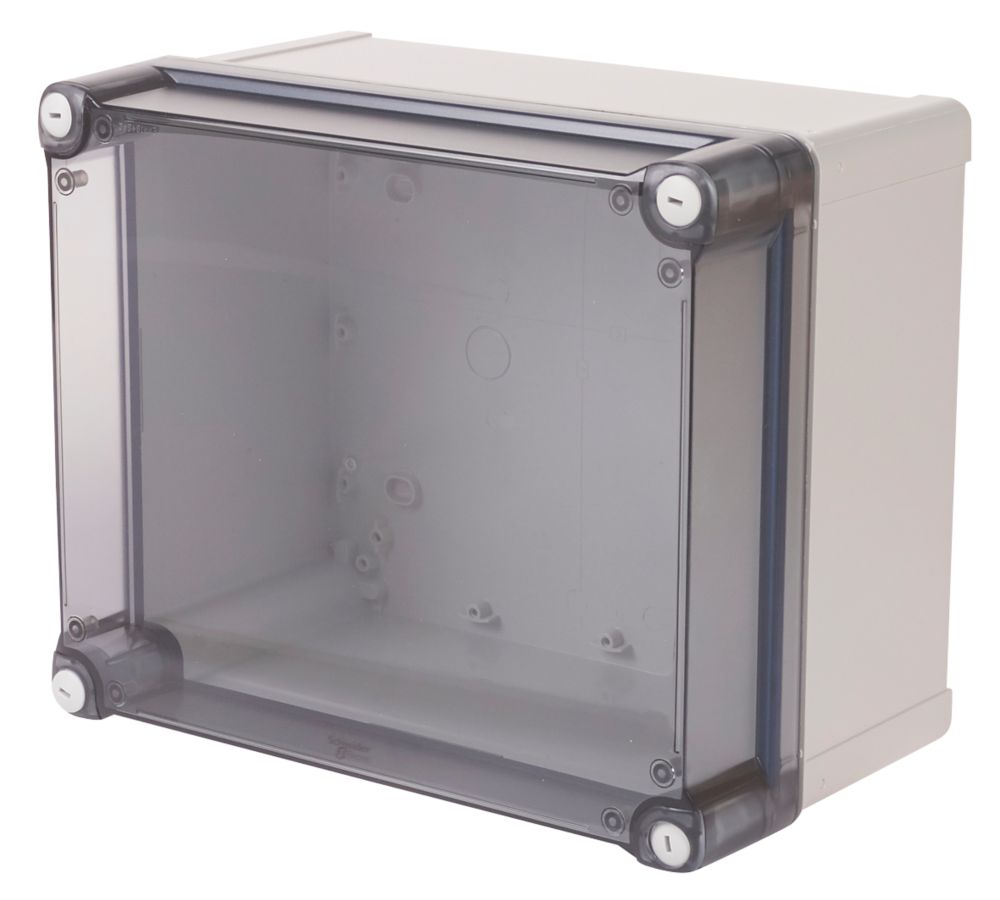I'm making a speaker project with a few amplifier boards, some terminal block connectors, and a preamp module. A bunch of splitters and 3.5 mm audio cables will take up most of the rest of the space. I've made stuff like this before by screwing the modules into a wood board and securing the 16 gauge wire with these plastic things (I can't remember what these things are called) that surround it after I hammer them into the board.
The system is workable, but I'm looking for something more organized. I do like the openness of the wood board, as I like to look at my work while listening to the audio output and was wondering whether there is a recommended alternative open solution. If I end up enclosing the project, it would be nice to have the volume control knobs and the battery holders outside the box.
What do you experienced folks recommend?
The system is workable, but I'm looking for something more organized. I do like the openness of the wood board, as I like to look at my work while listening to the audio output and was wondering whether there is a recommended alternative open solution. If I end up enclosing the project, it would be nice to have the volume control knobs and the battery holders outside the box.
What do you experienced folks recommend?




